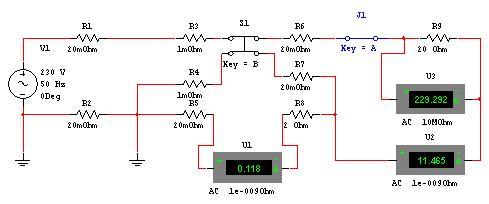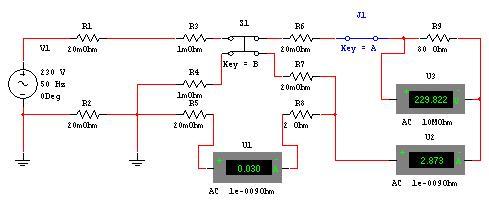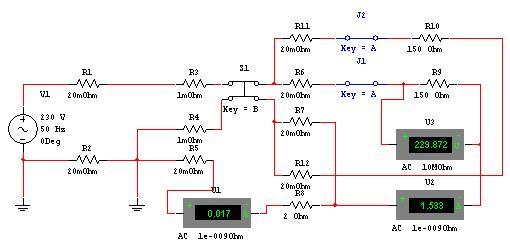Hello,
Brand new to this forum - so any advice is hugely appreciated.
Plugging any power-consuming appliance (eg drill, vacuum, kettle) to any socket trips the RCD straight away - whereas a computer or radio etc has no effect and works fine. Cannot understand why this has suddenly happened as I was using an industrial carpet cleaner in the same sockets only 2 weeks ago and it was fine - and I know how much power they use (loads).
I've only disturbed 2 light switches, and I have checked them and they seem to be fine. The property is a victorian mid-terrace (red and black cables) and is empty so there are no other loads on the system. Not even a fridge-freezer. Does anybody have any ideas? Thanks.
Brand new to this forum - so any advice is hugely appreciated.
Plugging any power-consuming appliance (eg drill, vacuum, kettle) to any socket trips the RCD straight away - whereas a computer or radio etc has no effect and works fine. Cannot understand why this has suddenly happened as I was using an industrial carpet cleaner in the same sockets only 2 weeks ago and it was fine - and I know how much power they use (loads).
I've only disturbed 2 light switches, and I have checked them and they seem to be fine. The property is a victorian mid-terrace (red and black cables) and is empty so there are no other loads on the system. Not even a fridge-freezer. Does anybody have any ideas? Thanks.





